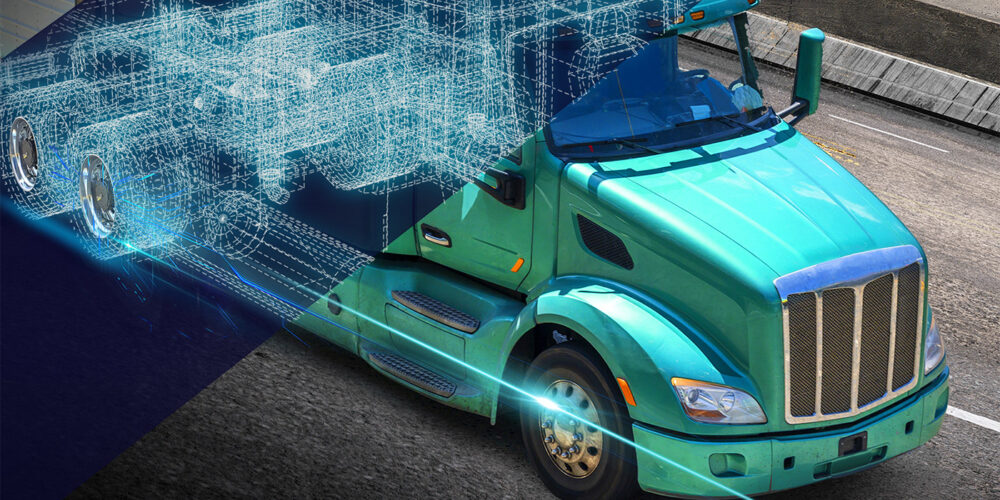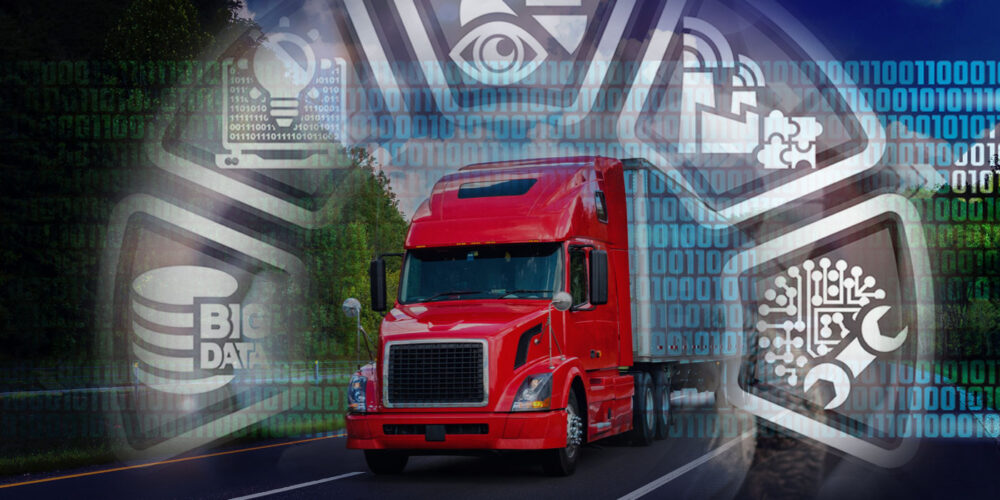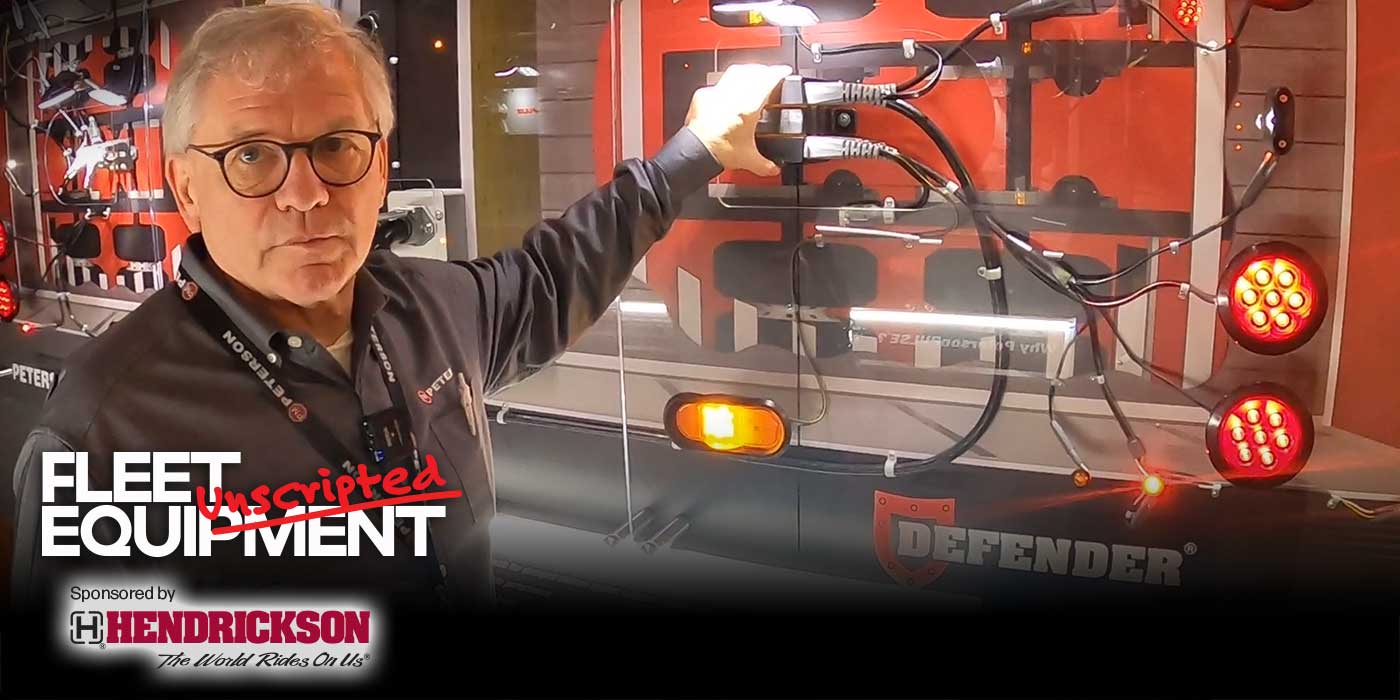Most fleets take a preventive approach to maintenance–pulling a truck off the road for scheduled service based on a predetermined number of miles or hours in operation. Unfortunately, when minor problems arise between service intervals, what started as a minor issue can rapidly spiral into a more expensive repair that forces a vehicle out of service.
Connectivity, machine learning and artificial intelligence are revolutionizing maintenance practices for the trucking industry. With real-time telematics data feeding cloud-based algorithms, fleets can shift to a predictive maintenance program from the reactive or preventive plans that are commonplace today. This transition can be intimidating but learning how to deploy predictive maintenance practices is worth the effort.

Where to begin
The following are three considerations when shifting your fleet to predictive maintenance, especially regarding your tire management program. Avoid big problems by fixing more minor issues earlier. Unlike a reactive or passive approach, predictive maintenance focuses on data-driven decisions. Instead of repairing a truck as something breaks or before a component’s end of life, trained algorithms can help spot weak links.
Maintenance teams can correct issues before they cause downtime and benefit from every bit of life from each vehicle component. Additionally, by coupling technology capable of automatically fixing issues, such as automatic tire inflation
systems (ATIS), the number of problems requiring manual intervention can be decreased by up to 90%, resulting in a high degree of user trust and engagement.
A common complaint among fleets investing in new “smart” technologies is the number of false warnings with incomplete information these technologies provide. This misinformation causes drivers to tune out notifications, diminishing a system’s value.
While adding commoditized sensors to vehicles can deliver threshold-based alerts, systems with trained algorithms can now translate this data into tangible insights. For example, instead of learning that a tire is 15 PSI under-inflated,
predictive systems will often spot issues before it drops below its target pressure. Additionally, predictive platforms will identify any leaks, assess their severity, determine safe drive time or damage accumulated on the tire, and provide service recommendations based on user preference and risk appetite.
By leveraging machine learning, predictive tire maintenance platforms can leapfrog maintenance practices built on alerts from threshold-based tire pressure monitoring systems (TPMS) and manual maintenance practices. And with each mile, the insights generated from the system get smarter.
Plan downtime instead of coping with costly emergency downtime. Machine learning can assess countless variables. Effective tire management includes elements such as geography, temperature, tire damage already accumulated, and pressure profile to diagnose and categorize issues by severity, which assists in cost-effective maintenance planning.
For example, fleets can regularly trim unplanned tire-related downtime by 90% by coupling active inflation with machine learning. The result is decreased on-road breakdowns, reduced technician diagnostic time, and increased automation of routine tasks.
These reasons enable fleet managers to confidently decide where and when to service vehicles, minimizing disruptions and maximizing equipment utilization. Some predictive maintenance systems for fleets are still maturing. However, ATIS technology and predictive tire maintenance platforms are available now to transform fleet tire maintenance.
Tire failures are frequent and carry significant consequences. Tires also need to be checked and maintained more than any other component on a truck and therefore benefit most from the addition of automation paired with sensors and analytics. However, whether you begin with tires or another area of focus for your fleet, building a predictive maintenance foundation will translate into more savings and overall efficiency.
Judith Monte is the vice president of customer experience and marketing at Aperia Technologies, where Halo and Halo Connect have been on the road for 50+ billion miles.














